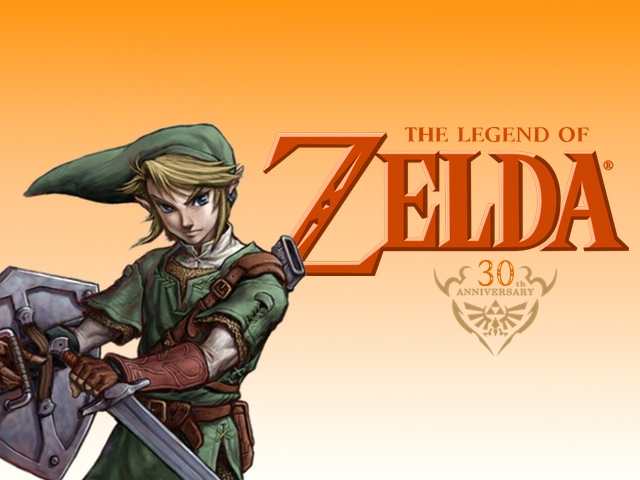
Welcome to part three of our retrospective on the Legend of Zelda series! For this installment, we’ll be delving deeper into the toon-heavy period of the franchise, along with a couple of other surprises! This part of the 2000s was an interesting time for Zelda, as it was comprised of equal parts experimentation and familiarity. Though the series didn’t make as strong of an impact on the history of the video game industry for this stretch, Zelda remained a force to be reckoned with in terms of quality, and laid the foundation for future installments!
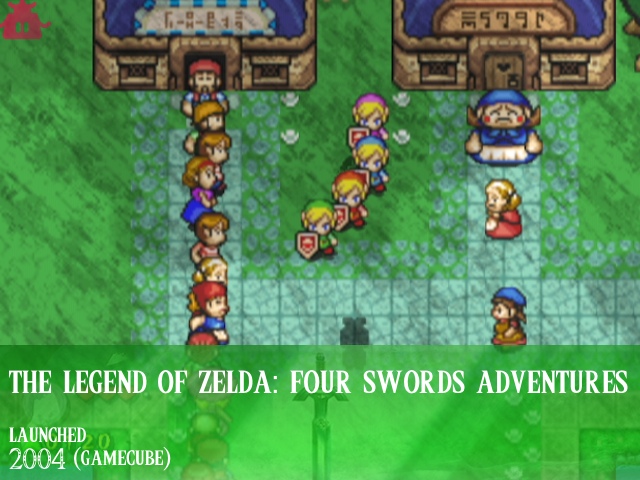
Perhaps one of the most criminally undervalued entries in the entire series, Four Swords Adventures took the basic multiplayer concepts introduced in Four Swords on Game Boy Advance and multiplied them by a factor of ten for GameCube. Though the game could support solo play (it was actually very fun played alone), multiplayer was at the heart of Four Swords Adventures. In a move that proved prohibitive to many fans, however, Nintendo designed the game so that all extra players were required to have a GameCube-to-Game Boy Advance Game Link Cable and Game Boy Advance in order to participate. Having all the requisite materials to get the most out of Four Swords Adventures, coupled with the fact that GameCube itself didn’t have a very large install base, meant that the game went unplayed by many fans. It’s truly a shame, as the title was a highly innovative reimagining of the Zelda formula that modified many of its longtime mechanics and features for arcade-like, objective based gameplay.
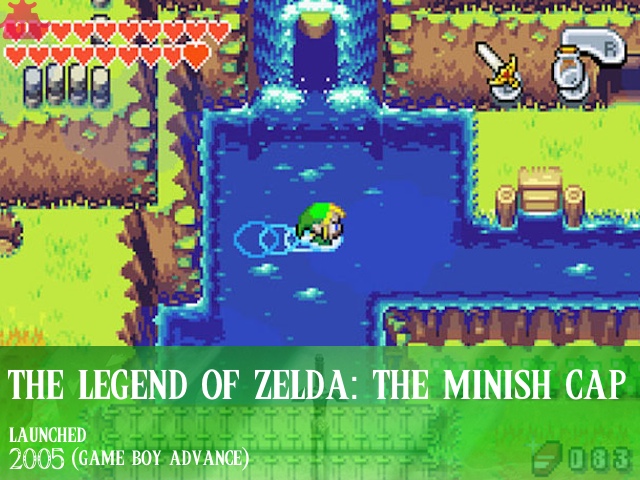
Though Capcom never did get to make its trilogy of Zelda games for Game Boy Color, it did eventually get a third, proper crack at the series with The Minish Cap on Game Boy Advance. Using the aesthetics of The Wind Waker for inspiration, The Minish Cap returned the franchise to its original, overhead perspective in an inspiring way. Rather than depend on the same, arguably overused weapons and items of the past, Capcom forged ahead with a wide array of new ones, including the Mole Mitts for digging into walls and floors, the Gust Jar for sucking in and shooting things out, and the titular Minish Cap, which could shrink Link down to the size of a pea. Though the overhead view and accompanying play control were familiar, the innovations that Capcom brought to the table were thoughtful and fun, and unique in ways that Nintendo itself hadn’t come close to in years. Capcom came very near to matching Nintendo’s quality of work with Oracle of Ages and Oracle of Seasons, but with The Minish Cap there was no denying that the developer, at least in that instance, had finally proved itself equal.

The same game on two different systems, with two different styles of play control. Meet Twilight Princess, the title that made grown men and women openly weep when its gameplay footage was shown off at E3 2005. Finally fulfilling the promise of an old SpaceWorld tech demo that showed off a hyper-realistic Ganon and Link fighting one another, Twilight Princess (at least from the outside looking in) appeared to be Nintendo’s way of bowing to the pressure of the portion of the Zelda fan base that wasn’t pleased with the cartoonish visuals of The Wind Waker. Development of the game took quite a while to complete; so long that when it came time to release Wii, Nintendo decided that it wanted to port Twilight Princess over to the new system and make it a launch title. Designer Shigeru Miyamoto wasn’t keen on disappointing GameCube owners who had waited years for the game, however, so he fought to ensure that Twilight Princess would release on both the new and old hardware. Whether played with traditional controls on GameCube or the motion controls implemented for Wii, it’s a jaw-dropping epic Zelda adventure. Some opine that at its core the game didn’t do enough to separate itself from previous installments, but if nothing else, it marked a return to the darker tone of Majora’s Mask, something that felt like a breath of fresh air when the title finally landed in 2006. It’s fascinating to note that this is the first game to feature a right-handed Link! The GameCube version of Twilight Princess was mirrored for the Wii iteration in order to make the motion controls feel more natural for players, the majority of whom Nintendo rationalized would be swinging the Wii Remote with their right hands.
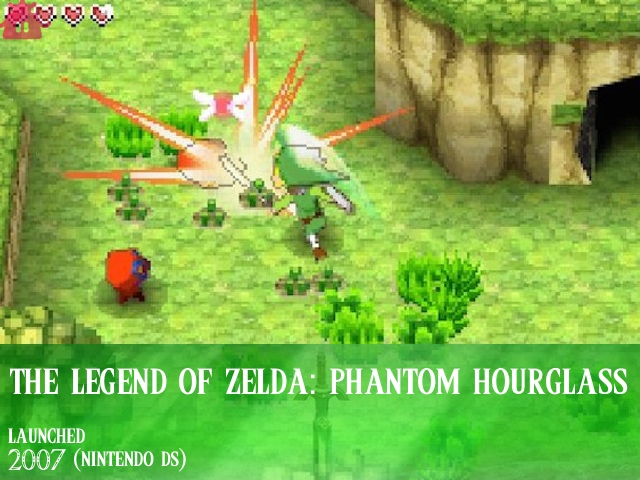
When Nintendo DS’s first Zelda game was unveiled, many were surprised that the title was not just going to be a direct sequel to The Wind Waker, but that it would also be a touch screen controls-only affair. Phantom Hourglass had quite a tall order to fulfill; The Wind Waker, in the years since its release, had come to occupy a big place in the hearts of Zelda fans, and the thought of using touch controls alone to guide Link through one of his adventures seemed almost impossible. To say that expectations for the game were high would be a bit of an understatement, but knowing the challenge of making Phantom Hourglass work only seemed to further inspire the development team at Nintendo. The end result was a game that captured the spirit of The Wind Waker while further expanding upon its mythology. The touch controls were precise and natural, and the way Nintendo was able to so faithfully replicate the cel-shaded GameCube visuals on DS remains impressive to this day. Phantom Hourglass might have irked some players with its central dungeon gimmick, but it was still a marquee installment in the series, nonetheless.
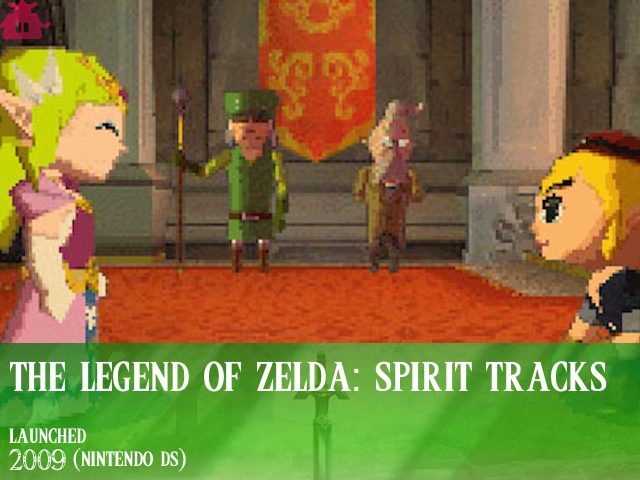
It would be an exaggeration to say that Spirit Tracks is the weakest Zelda game in the franchise; it’s a fine title that maintains the standard high quality visuals and play control that the series is known for. Where the game struggled was with its lack of a compelling lead villain in Chancellor Cole and arguably bland train travel segments. What isn’t debatable is how fun it was to have Princess Zelda along for an adventure for a change, whether in her spirit form or occupying the hulking armor of a Phantom. Coupled with improvements to the touch controls, even better graphics than Phantom Hourglass, and an otherwise engrossing story to soak in, Spirit Tracks was a wonderful way of closing out the first decade of the new millennium. If only Link could have switched back and forth between his tunic and his conductor’s outfit…
Day three of our Zelda retrospective has come to a close! What are your thoughts on today’s round of Zelda games? Sound off in the comments, and come back tomorrow for part four!




 ShareThis
ShareThis






“It would be an exaggeration to say that Spirit Tracks is the weakest Zelda game in the franchise”
What wouldn’t be an exaggeration is to say that Spirit Tracks is one of the most underrated Zelda game in the franchise.
The soundtrack alone was worth the price of admission.
While not perfect by any means, Spirit Tracks almost made up for the disaster that was Phantom Hourglass (in my humble opinion.)